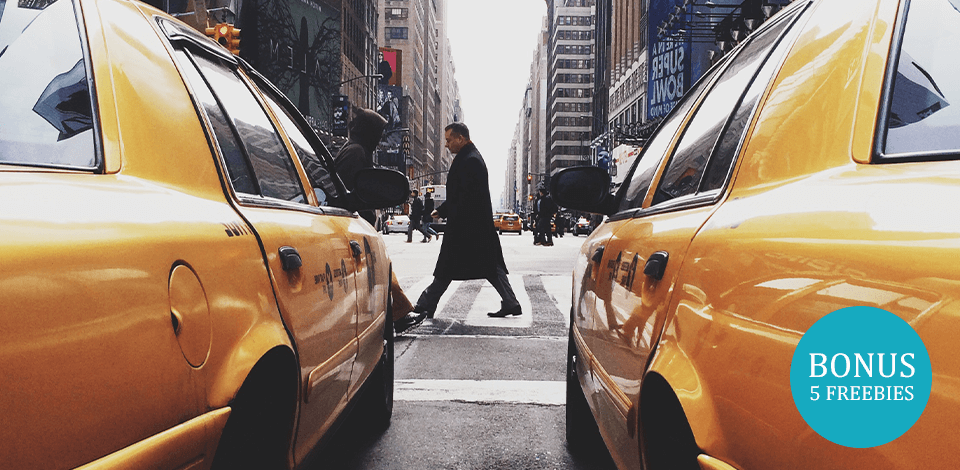
Who are the best street photographers of all time? They are those, who have a sharp eye, are always aware of their surroundings, and are patient, persistent to deliver a poignant message through their shots.
I have compiled a list of classic and contemporary representatives of street photography who will inspire you to perfect your skills.

Henri-Cartier Bresson pioneered this genre and imprinted the most powerful moments. While his colleagues were working with a larger format, he was among the few that used a 35mm one. Many people recognized Henri as a master of real-life photography and that was reinforced by the fame of his book - The Decisive Moment.
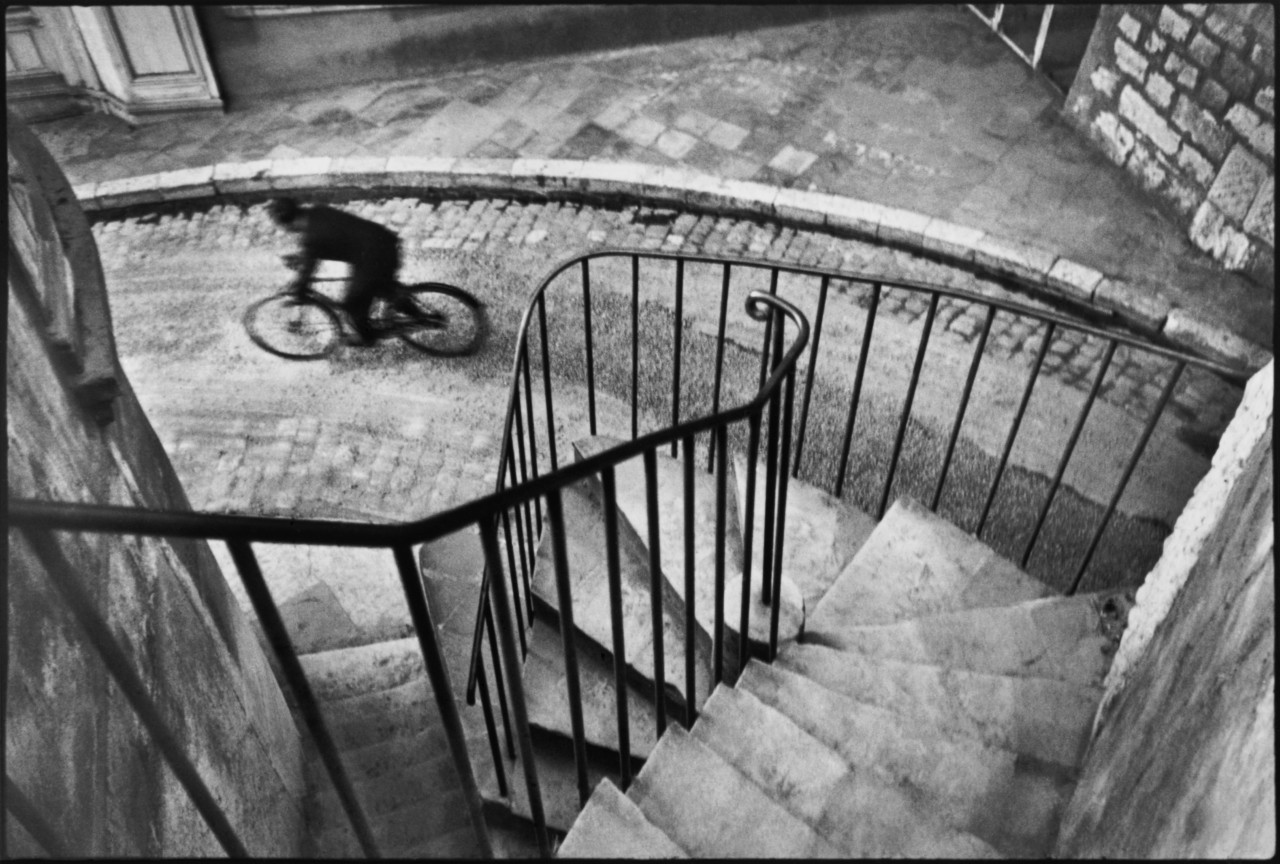
In it, he tried to put in words the impulse that makes him take a shot, which lies in the brief flawless resonance of the visual and perceived elements of reality.
Henri was established as one of the best street photographers of all time after the work he did on covering Gandhi's funeral and then the end of the Chinese Civil War, together with a few other powerful events.

Garry Winogrand is a famous photographer who was active in the 50s and early 80s. His photographs show the daily scenes in New York and America in general, and his style was greatly influenced by the post-World War II period. His shots convey the feelings of anxiety mixed with a sense of power.

Winogrand’s photography often incorporates slanted horizons and angles so that these elements will fuse harmoniously into the overall picture. Such a technique allowed him to make his pictures more realistic, and get rid of the effect of the preplanned photoshoot.
While evaluating his artwork, you may think that the photographer avoids shooting in a classic style and prefers capturing some spontaneous moments, as well as the subjects in their natural poses. Winogrand’s perception of a perfect photo differs from the classic one, as he saw even an imperfect moment as an ideal one for capturing.

Robert Frank is often regarded as one of the best street photographers of the 1950s. His unique style differs from the classic documentary photography style promoted by ‘LIFE’ and other popular magazines of that period. He preferred shooting the daily life of average people who lived in America.
It was an experiment for him that allowed Frank to improve his skills and lead the art of photography to a new level going beyond the common conceptions of the time. His peculiar feature was to accompany the shots with inscriptions made directly on the film or prints.
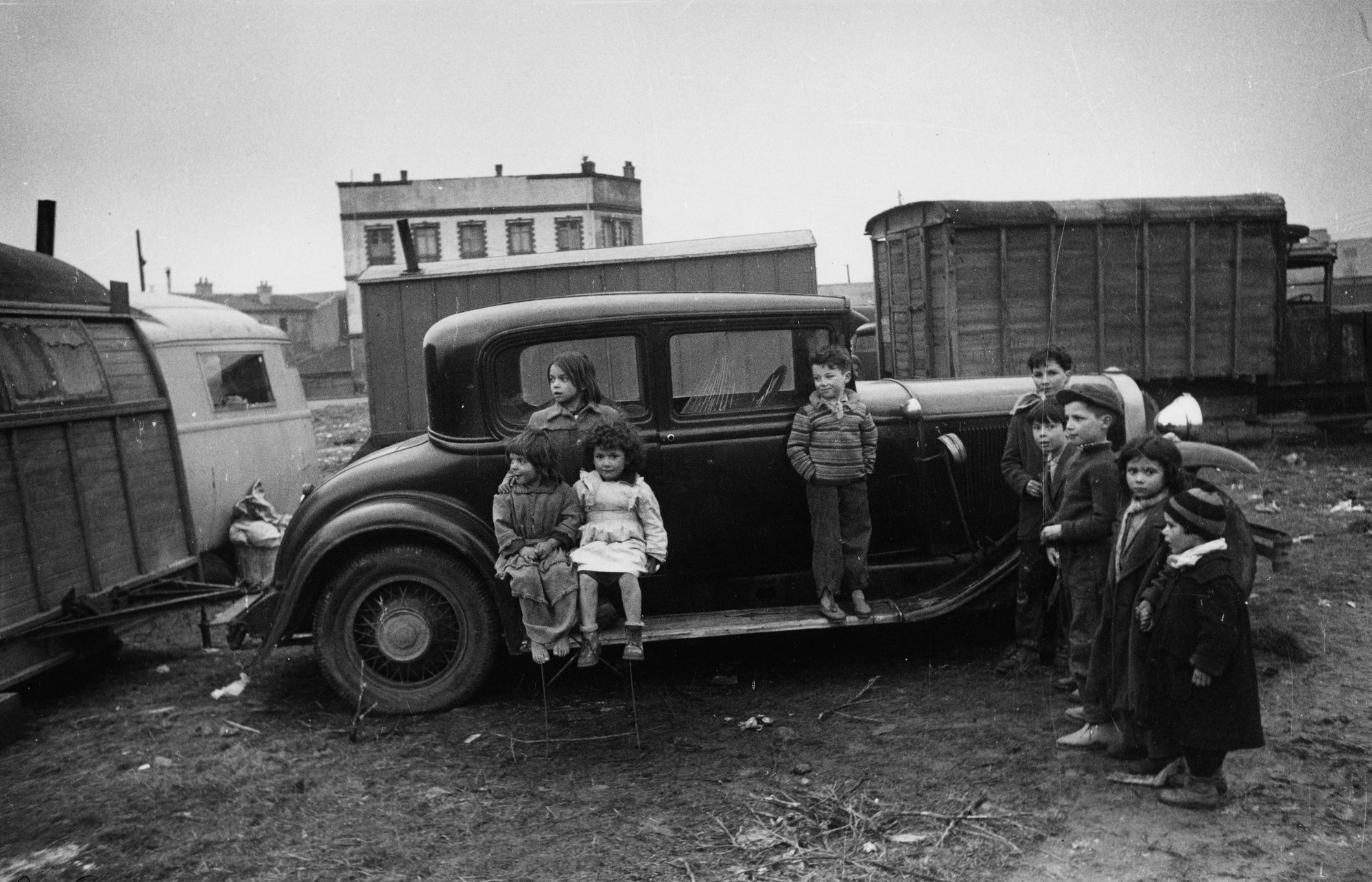
You can explore Frank’s original style by looking through his original documentary shots that are gathered in the photobook called The Americans.
At that time, the documentary genre was considered to be deprived of any emotional aspect. Its main aim was to show a transparent picture of the reality without any personal judgments from the side of photographers. However, Robert Frank succeeded to change this belief, as “The Americans” was very personal and full of emotions.

Vivian Maier was involved in photography from the 1050s to the 1990s. During that time, she visited numerous countries having taken more than 100,000 shots. She was a professional nanny and didn’t get acclaimed as a photographer during her lifetime.
Only when a famous historian John Maloof purchased Vivian Maier’s negatives that appeared at the auction in Chicago, her works became available to the public. Maloof started to collect her heritage popularizing Vivian Maier as one of the top street photographers.

Her artworks concentrated on various subjects. She liked to take pictures of children, the representatives of the working class, the crowded streets. Maier didn’t avoid capturing any subject and was interested in everything she saw. She is also famous for her contribution to self portrait photography genre.

Diane Arbus who lived and worked in New York became famous because of her street portrait photography. With her creative vision, Arbus supported the rights of various social groups vividly representing all people.
She shot members of such social groups as nudists, the LGBTQ+ community, seniors, carnival artists, children, parents, married couples, etc. Her models are shown in the photos in their habitual surroundings: at home, walking across the street, working in the office, or strolling in the park. Nowadays, she is considered as one of the greatest American street photographers.

Many of her artworks evoke a strong feeling of compassion; some viewers consider her imagery to be highly controversial, while others think that her pictures are strange and creepy. Arbus’ photography changes the traditional way other shooters capture their models maintaining a great distance from the subjects. Her new approach resulted in deeply psychological portraits.

Walker Evans is one of the best street photographers known for developing American documentary photography. He was the first photographer to participate in a solo exhibition at MoMA.
Having advanced views on this profession, Walker Evans claimed that a skillful shooter didn’t need the best camera for street photography, or the best lens for street photography for achieving perfect results. He liked experimenting, and tried to shoot with 35mm Leica 8×10 large-format camera and even with a Polaroid.

Walker Evans realized his most famous photoshoot in the genre of Street Photography in the subway of New York. He captured the subway riders while hiding a 35mm camera, which was painted in black, under his coat. The lens could be only seen in the hole between two buttons, but no one actually noticed it.

All great street photographers are fond of experimenting, and Saul Leiter wasn’t an exception. He succeeded in color and black-and-white photography. Leiter started his career as a fashion shooter in New York in the 1940s.
However, later he turned his attention to the genre of street photography and became quite successful in it. Saul Leiter liked to work on New York’s streets capturing everyday life of average people.

Leiter bought cheap and expired color films, understanding that the resulted images could contain some errors or drawbacks. Therefore, his photographs incorporate many abstract elements that make his shots unique. Leiter’s works are original, with picturesque features.
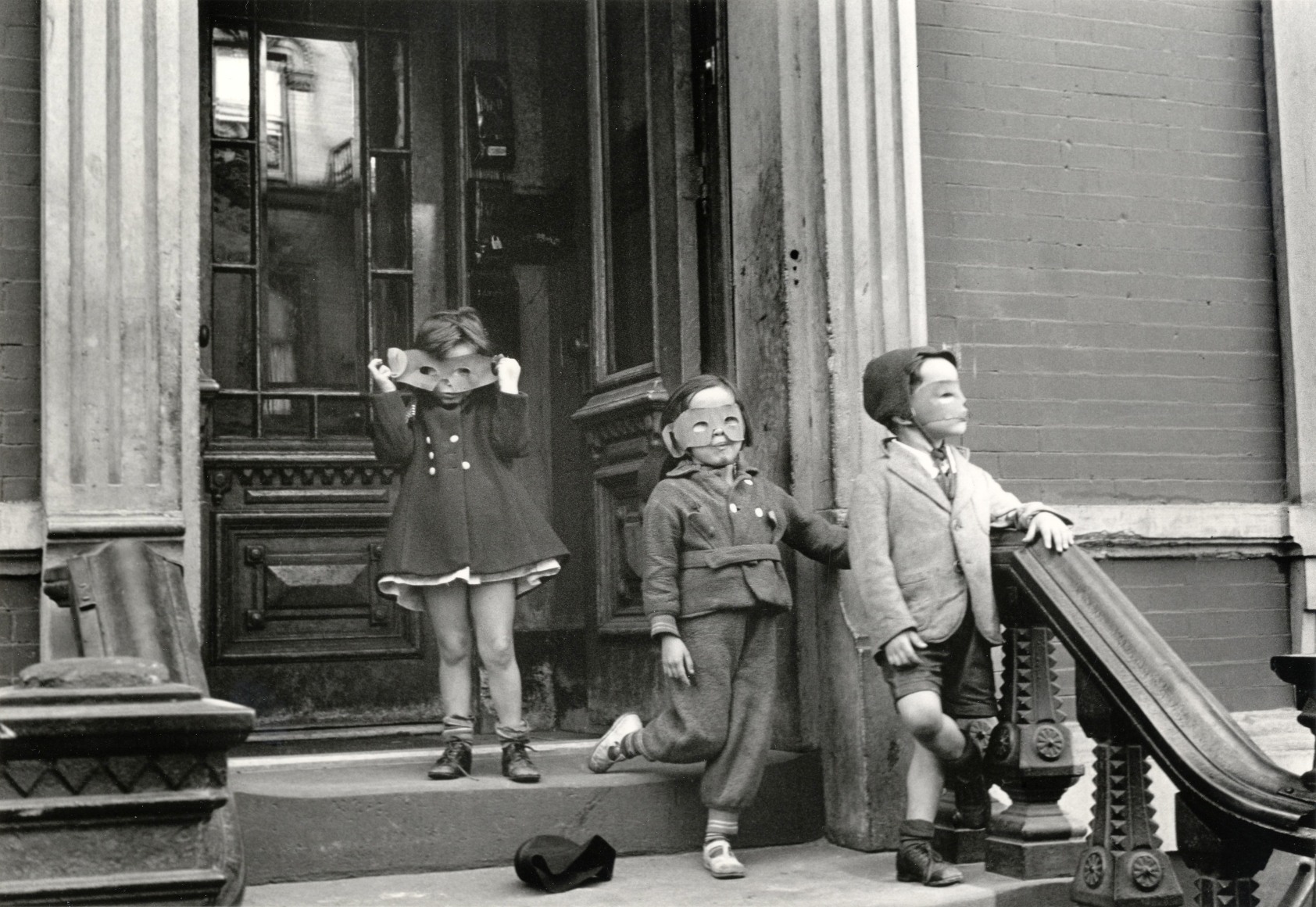
Considered as one of the best street photographers of her time, Helen Levitt is especially famous for her street images taken in New York City. Unlike many other street photographers, she employed a humorous approach during shooting. She had a small device compatible with a Leica camera, called winkelsucher.
With the help of this tool, Levitt could take photos sideways without getting noticed. In such a way, she produced stunning candid photography results.

The main subjects of Levitt’s photography are ordinary people. She was especially interested in some poor districts of New York, like the Lower East Side and Spanish Harlem. She considered these areas as the city’s living rooms, where kids had fun, the neighbors prattled, and where people gathered for some quick but remarkable moments.

Born in Hungary, André Kertész is famous for his considerable contributions to the development of photographic composition and the genre of photo essay. At the beginning of his career, he didn’t get recognition as he shot at extraordinary angles and had the style that wasn’t similar to the style of other photographers of his time.
Kertész often felt disempowered regarding his career progress. However, his photojournalism ideas led him to the fame he deserved and made him one of the best street photographers.

He always maintained tangible sympathy for his models, discarding political or social prejudices, no matter whom he was shooting. Kertész's artworks influenced a great number of photographers like Henri Cartier-Bresson, Robert Capa, and Brassa who set him as an example and learned much from his photography.

Doisneau is one of the great street photographers that were active in the humanist current of street photography. He focused on people’s emotions, capturing some interesting moments in the daily life of Paris and trying to convey the turmoil of the city’s life at that time.
Robert Doisneau’s depiction of Paris isn’t conventional as he avoids producing photos showing the city in such a way as it was illustrated in ads, fashion, newspapers, or movies. He preferred capturing average people, adults and children, in whom he saw such features as tenderness and kindness.

Doisneau had a particular approach to photography and set its own trend. While shooting, he tried to be distant from his subject avoiding close-up photos and preferring open scenes. In such a way, Doisneau managed to show the essence of a person and capture the liveliness and vibration of the world around.

Although considered as one of the best street photographers of all time, Eugène Atget never regarded himself as a shooter, but called himself "author-producer." He maintained a solitary style of life and valued his privacy.
Atget liked to take pictures of some architectural constructions and urban spots, and he called his shots "documents". The photographer also sold his artworks so that the beginning shooters could learn from his experience. Many districts and public spaces, immortalized in Atget’s images, were destroyed for building modern constructions.

Eugene Atget was very motivated, as he traveled around Paris by bus carrying his weighty camera and tripod in search of great locations for his photoshoots. His mission was to document each possible aspect of the city immortalizing its views, classic buildings, and the unique atmosphere.

Also known under the nickname Weegee, Arthur Fellig was active in the genre of photojournalism. He received recognition because of his stunning black-and-white street images in New York.
Weegee was employed as a press photographer in the 30s-40s, and at that time he created his own photographic style by documenting the activity of New York’s rescue services. His artworks illustrated urban life, the criminal world, injury, and even death.

Weegee took the majority of his photographs with the standard equipment and basic techniques of that time but his images amaze viewers even today. He didn’t study in any educational establishment to master the art of photography, but learned this profession on his own.
However, he managed to become one of the best street photographers and served as an example for such shooters as Diane Arbus, William Klein, and Bruce Gilden.

Brassaï was born in Hungary but spent his life in France. He is one of the top street photographers who captured people’s life in the interwar time.
Brassaï produced numerous images immortalizing Parisian life in the 1920s. The photographer preferred working at night, strolling around the neighborhood of Montparnasse, and capturing the traditional scenes from the city’s nightlife.
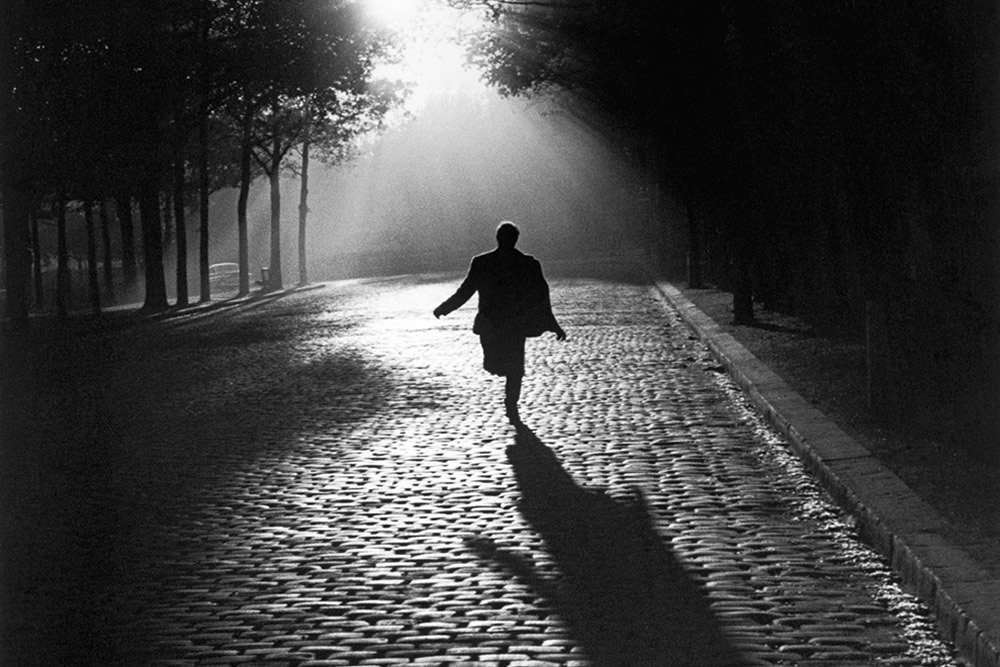
Brassaï’s artworks show the essence of inhomogeneous French society, revealing its secret sides. Although Brassai is known for shooting the harsh sides of urban life, he also captured high society devoting much of his time to taking images of ballet, opera, etc. He also took pictures of such famous artists as Pablo Picasso, Salvador Dali, Alberto Giacometti, and Henri Matisse.

Meyerowitz devoted lots of time and effort to the development of street photography art, focusing attention on color photography and giving it a “high” status. At first, he felt hesitant about whether B&W or color film photography interested him more but finally decided on capturing the world in a riot of colors.
For his first photoshoots he used a 35mm camera, which later was replaced by a large-format view camera. Such a shift largely influenced his photographing technique bringing more smoothness and tranquility to the process. He managed to find a special method of tracking light and incorporating it in general composition.

His most notable project is devoted to the attacks on 11th September in NY. Joel Meyerowitz showed the consequences of terrible destruction and how ordinary people tried to cope with them. He claims that it is his personal way of documenting history.

Being one of the top street photographers currently alive, Bruce Gilden has a special recommendation for his younger colleagues. He believes that the only proper way to take images is to “shoot who you are” and he persistently follows this rule being direct, honest, and aggressive during shooting.
It is rather easy to recognize his works among numerous urban images, because such graphic and confrontational close-ups taken with the help of a camera flash are bound to evoke certain feelings. Pure intimacy and directness are key characteristics of his photos.
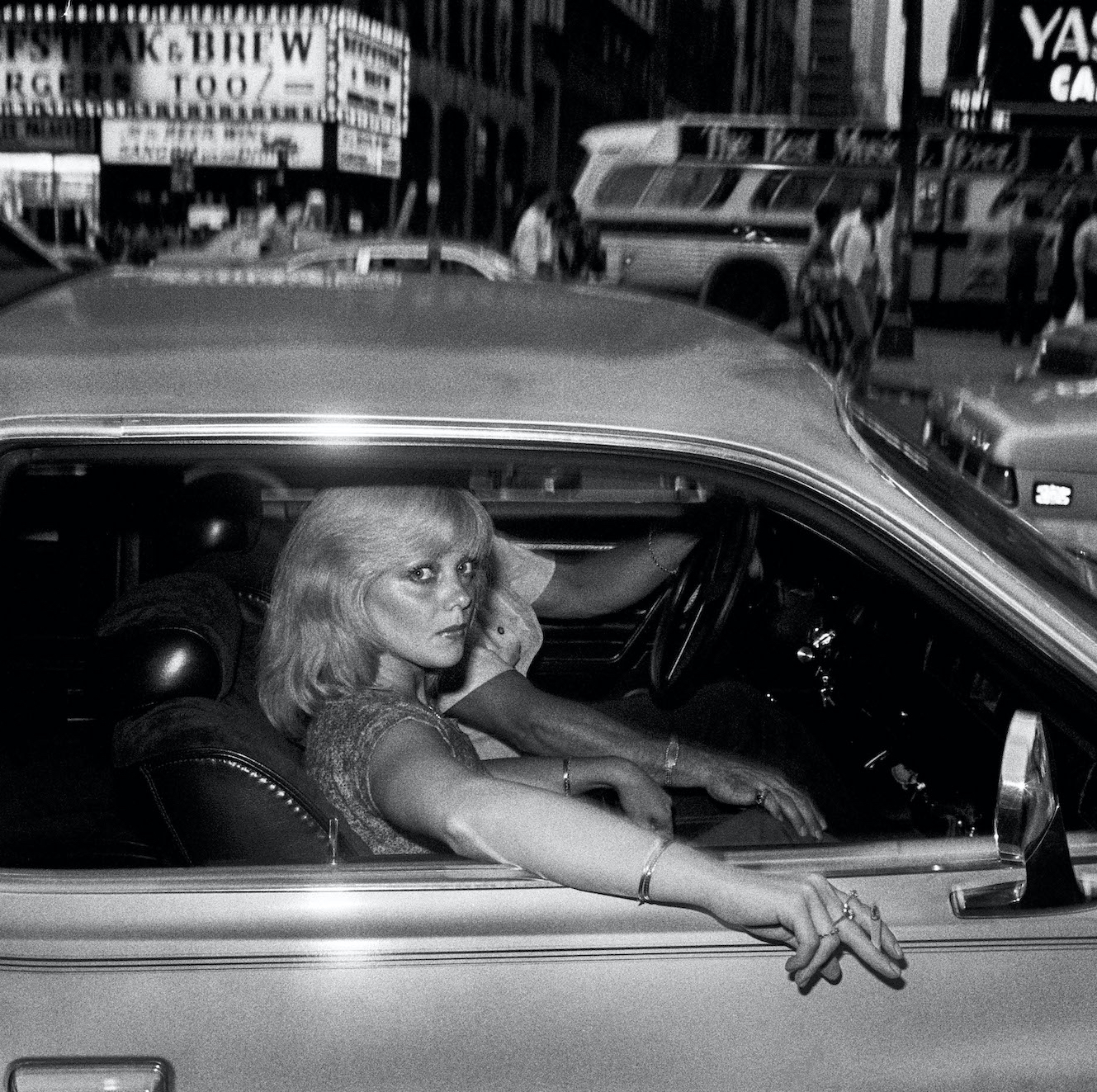
He believes that a photo which you can easily look at without feeling a kind of disturb is worthless. But a shot depicting raw emotions and the one, which is uncompromisingly sincere is what really builds the treasury of street photography art.
Gilden didn’t strictly follow the conventional rules of composition, but preferred a more personalized approach to shooting. However, he has benefited from such a technique and taken numerous images that provoke an emotional response from the audience.

Martin Parr is one of the most famed London street photographers who took great pleasure in observing people of different classes and capturing them in one photo to show the visible difference between them. Most of his works are known for gentle satire related to people and their cultures. His method is called wry observation photography and its main principle is the abundance of bring colors.
Martin believes that a bit of humor and irony can make an average photo truly engaging and attention-grabbing. He doesn’t like to present his images as separate works, but bundles them in coherent sets.

He doesn’t strive to think his scene over to the tiniest details, but tries to show a real situation in a candid way. The result fully corresponds to such an intention, enabling viewers to understand what is going in in the frame by simply looking at a picture.

Lee Friedlander found his place among the best American street photographers thanks to his innovative vision of city streets. He didn’t miss a single chance to show the authenticity of the US life represented by its locals, architectural views, and even road signs.
He also liked photographing his reflections in storefront windows. Looking through his urban photography samples, you can’t but notice a harmonious mixture of lighting and content.

Feeling playful about photography, Lee Friedlander wasn’t afraid of accidental errors that arose in the process of shooting and even managed to turn them into riveting puns and puzzles. For example, you can see his images where a pole appeared in the frame, something important is missing, or the photographer’s shade or reflection intrudes.
Friedlander’s readiness to experiment with such intricacies resulted in the creative verve of photographic modernism. Actually, such intentional fragmentation and ambiguity of composition make his photos unique.

William Klein has started his career as a fashion photographer for Vogue magazine but he always felt an urge to try his hand at capturing urban landscapes. Eventually, such an intention made him one of the most famous city photographers, who was curious about breaking the well-accepted street photography rules of his time.
Klein stepped aside from the sugary representation of New York and captured the rawest of the Big Apple in its most realistic way, with vulgarity and aggression immediately striking the eye. Most Americans were overwhelmed when they saw his photos and a famous fashion magazine he cooperated with, was truly upset by his perception of the city.

William Klein believes that in addition to controlling your gear and finding interesting locations, you need to be a remarkable observer and interlocutor to understand and capture people’s stories. Actually, he recommends staying at such a distance to another person that you can perfectly see the colors of his/her eyes.
His works are marked with touches of rawness and have slightly blurred and grainy areas. Other peculiar features are elevated contrast and overexposed negatives.
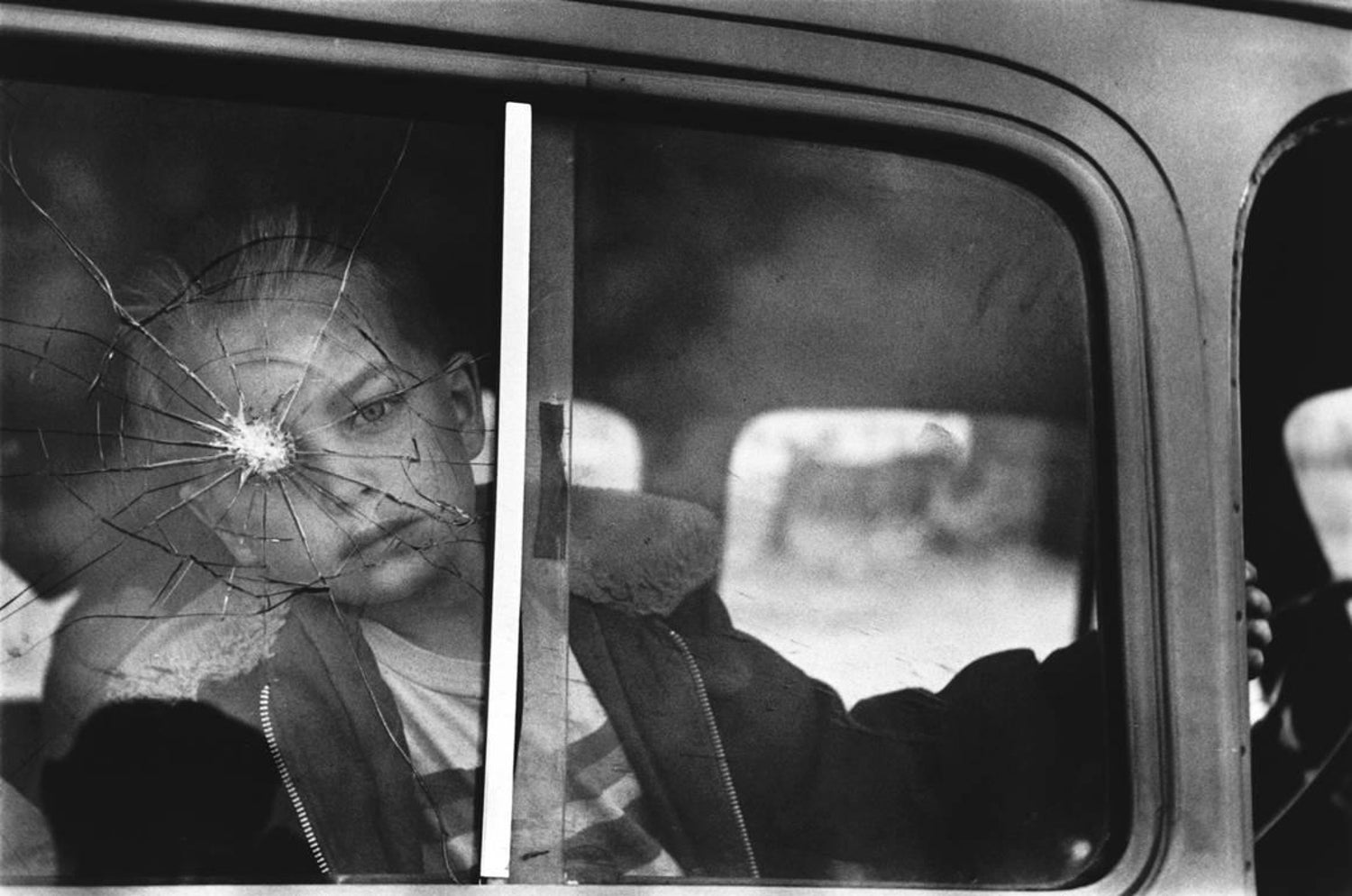
rundown of the best street photographers would be incomplete without Elliott Erwitt, who has been engaged in this sphere for over 50 years. During these years, he has taken lots of remarkable images and some of them belong to the category of the most iconic photos of the 20th century.
Erwitt is convinced that a true photographer should be guided by his inner flair for a perfect moment instead of fully relying on planning. That’s why his photos make you feel the emotion of a particular moment and provide a genuine response.

He encourages his colleagues to develop photography that has content rather than just form. That’s why, he has chosen B&W photography to highlight feelings, emotions, show light and shadow interplay. He has worked hard to create a whole multitude of projects that bear meaning and can be relevant for the generations to come.

Unlike some great street photographers who focused their attention on a certain location, Alex Webb strived to visit as many places, ever far-flung ones, as possible to show the most enigmatic and enthralling moments of the history. Such a pursuit of adventures brought him to the US-Mexico border, Istanbul, Haiti and many American states.

Choosing locations for a new photoshoot, he didn’t want to fully reveal the message conveyed, but rather invited viewers to investigate the frame together to get the needed answers. Depth in images is what sets him apart from street shooters of that time. Besides, he provided a clear separation between, fore-, mid- and background so that every viewer can image himself/herself being one of the people depicted.
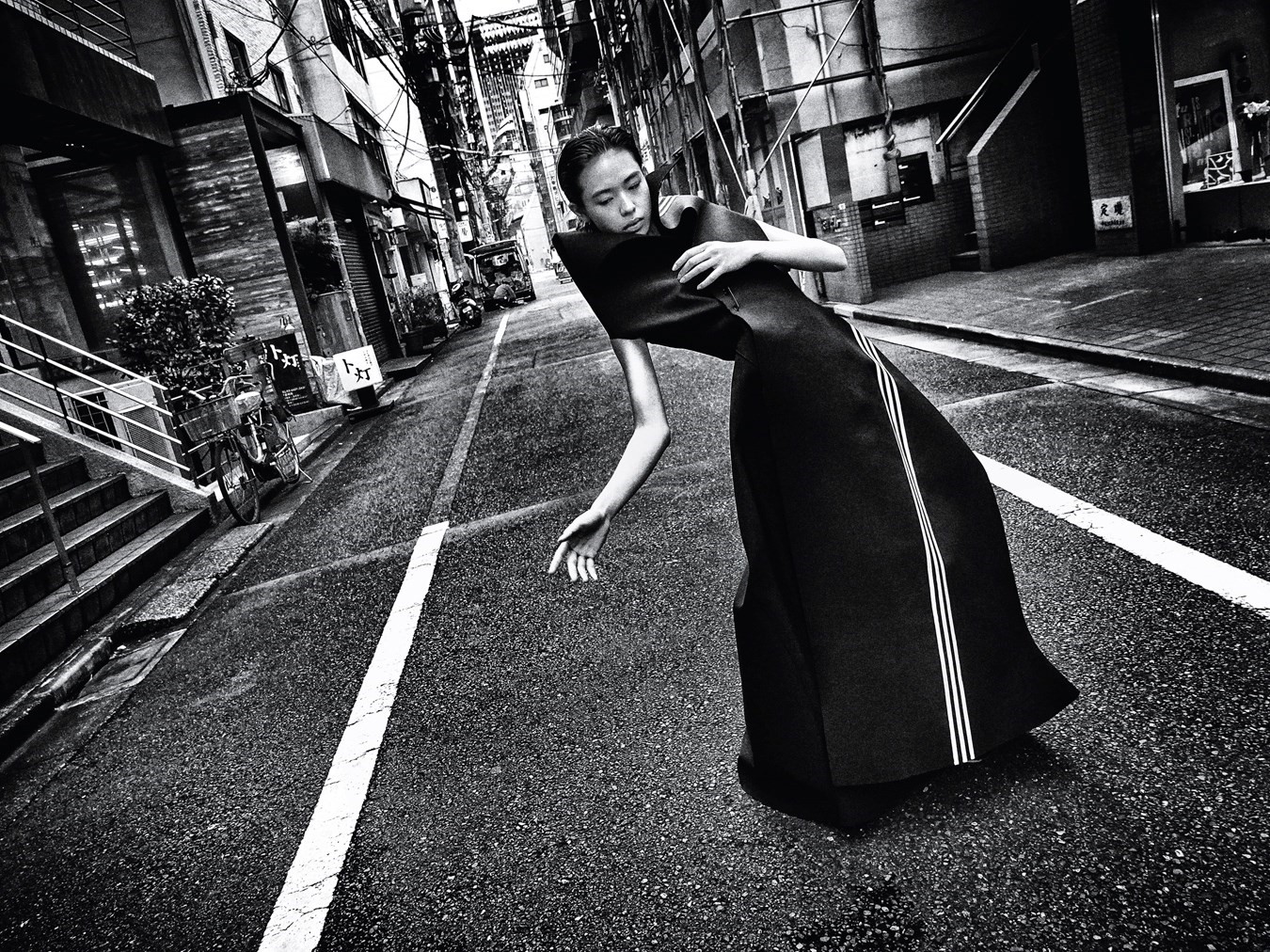
Daidō Moriyama comes from Japan but is well-known outside his motherland. He received the Infinity Award for Lifetime Achievement from the International Center of Photography in New York in 2004 and the Hasselblad Award in 2019.
He has devoted more than 50 years to urban street photography, choosing the Japanese of different ages and social statuses as the main subjects of his photos. He used a compact camera to take images without attracting lots of attention of people passing by. His photos are characterized by raised contrast and gentle graininess.

Unlike famous street photography representatives from the West who adhered to technical precision, Daidō Moriyama favored deconstructivism and built the frame in such a way that every element radiated the raw energy of urban life.
He strongly suggests to step out of a comfort zone and aim at photographing completely unknown things. This approach can be really advantageous, because most shooters choose a good old path and you can easily surpass them by being open to new challenges.
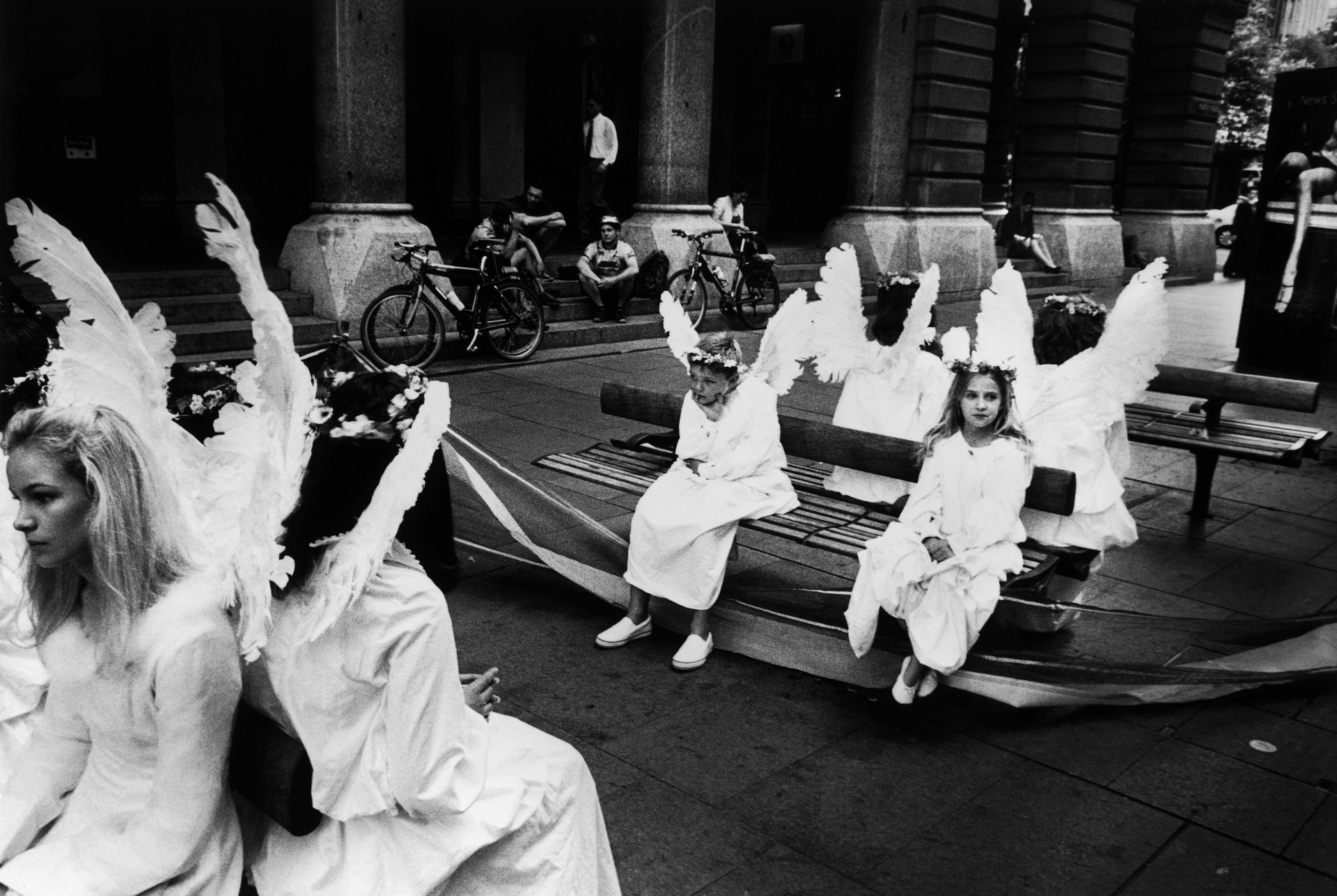
Trent Parke is one of the most innovative street portrait photographers, who lives and works in Australia. His shooting approach is a combination of poetic, humorous, emotional and psychological styles, which enabled him to produce really catchy portraits.
This is a rather inventive artist, who has also tried documentary photography, which influenced his works a lot. Now they reflect a slight border between fiction and reality.

Parke hones his skills all the time and masterfully captures light, creating the most mind-blowing compositions. This defines his monochromatic style with deep contrast and brilliant light.
He believes that a good photographer should be always in motion. If you stand still for too long, you start influencing the things happening around. Your mission is to show everything realistically.

Not many modern street photographers are ready to endanger their lives to cover history-making events, but Bruce Davidson believes that it is his calling. That’s why, he took images of the impoverished state of East 100th Street in New York City, half-destroyed subways, visited regions where locals are hostile to strangers and tried to be a participant of many important political meetings. He tries to “live like a monk” and he shoots, develops and prints photos on his own.

He insists on building a kind of relationship with a person whom you direct your lens at. Be kind and polite and remember to thank your model when the shooting is over.
To get on friendly terms with people from a certain area, he usually spends some time there and only when the locals know him well, he grabs his camera and starts shooting.
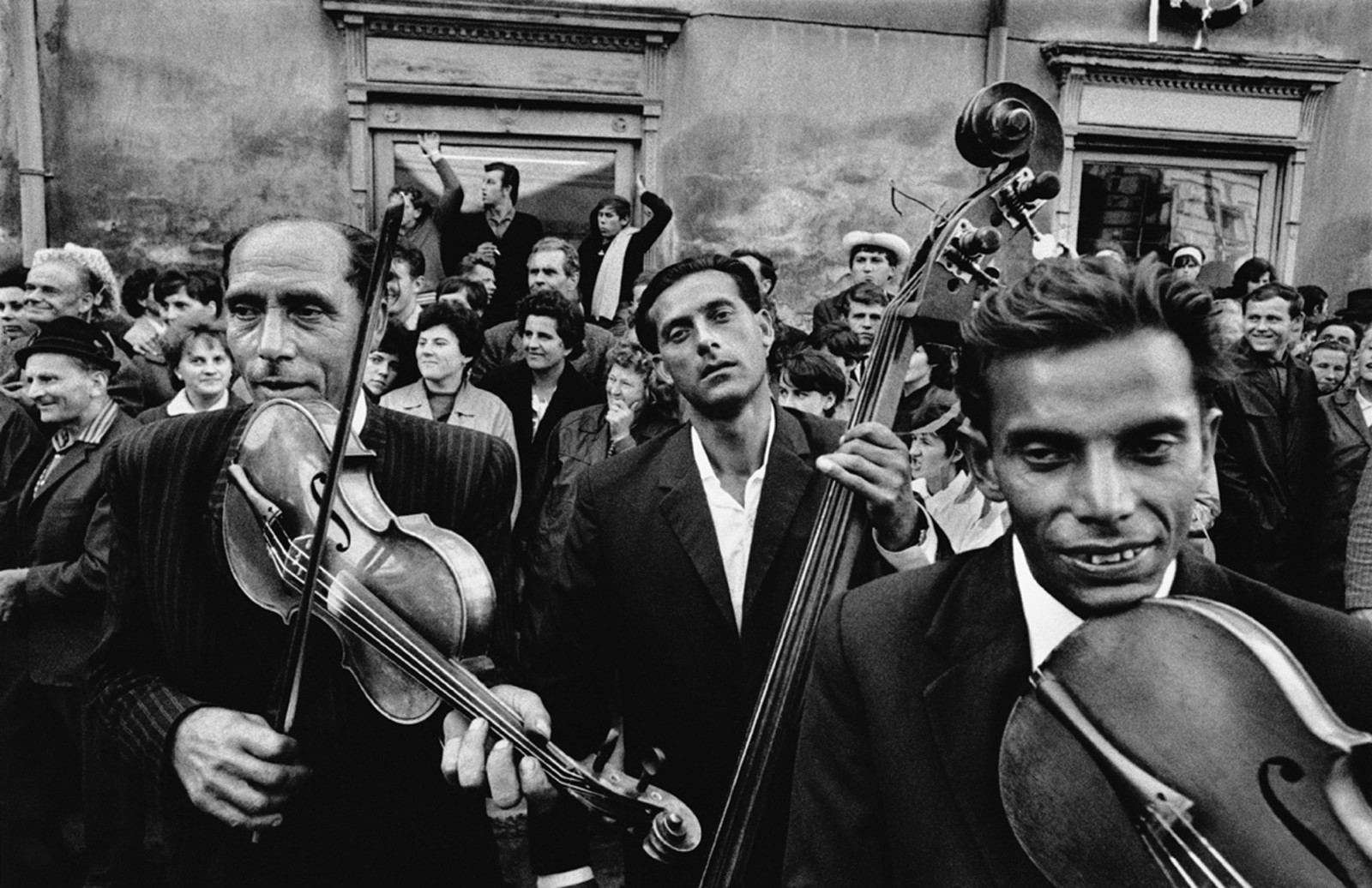
Working hard to achieve amazing black and white photography results, Josef Koudelka has many fans and followers in different parts of the globe.
He managed to combine a compositional side of photography with its creative aspect and amaze viewers with deeply emotional works. Images by Koudelka show the hope and melancholy of everyday life.

His most famous projects are Gypsies, The Prague Invasion, Exiles, and Chaos. He spent about 15-20 years working on each. Josef claims that the selection process is no less important than the shooting itself and recommends hanging the printed photos on the wall, looking at them for some time and then deciding which of them deserves to be shown to viewers.

He is one of the living masters of street photography. Harvey is a member of the prestigious Magnum Photos agency and shares his secrets of successful shooting with a younger generation on the lectures.
Being almost 70 years old, he has an active lifestyle and constantly travels to interesting locations to extend his gallery of urban photos.

He doesn’t like taking individual photos, but is known for remarkable photo essay examples, projects, and series. David advises his colleagues to be guided by a unique idea rather than technical skills.